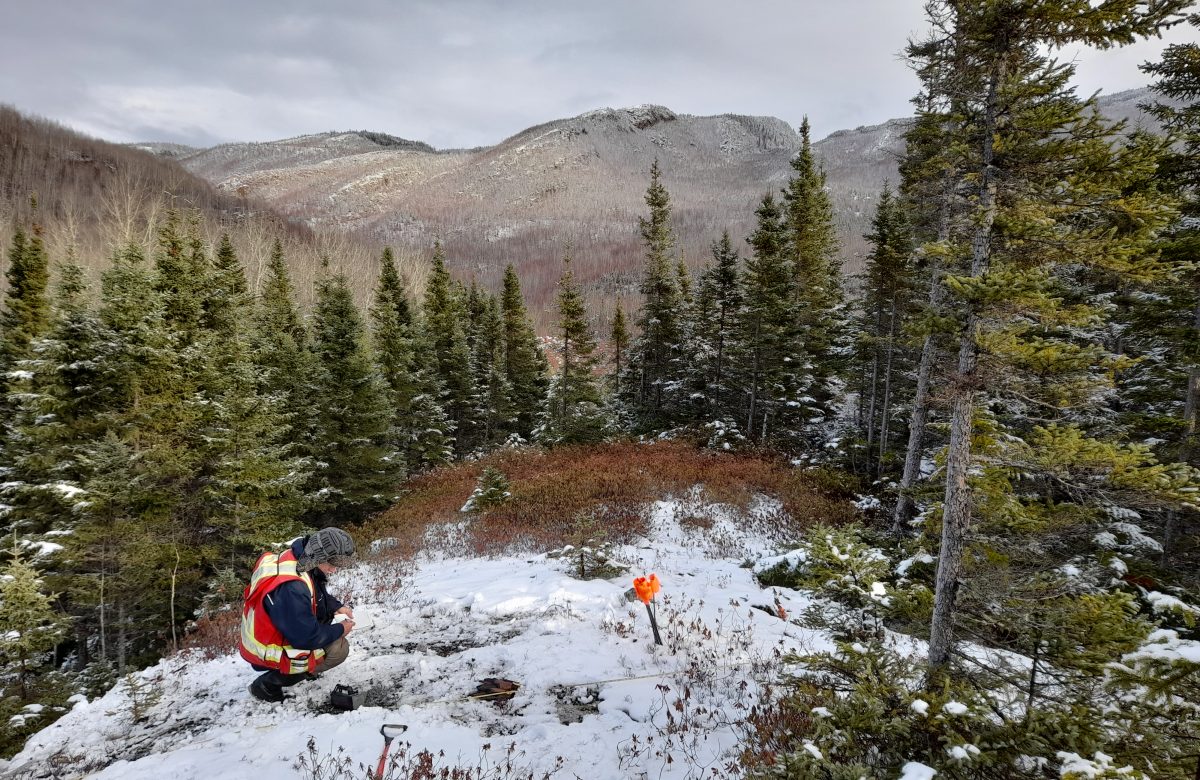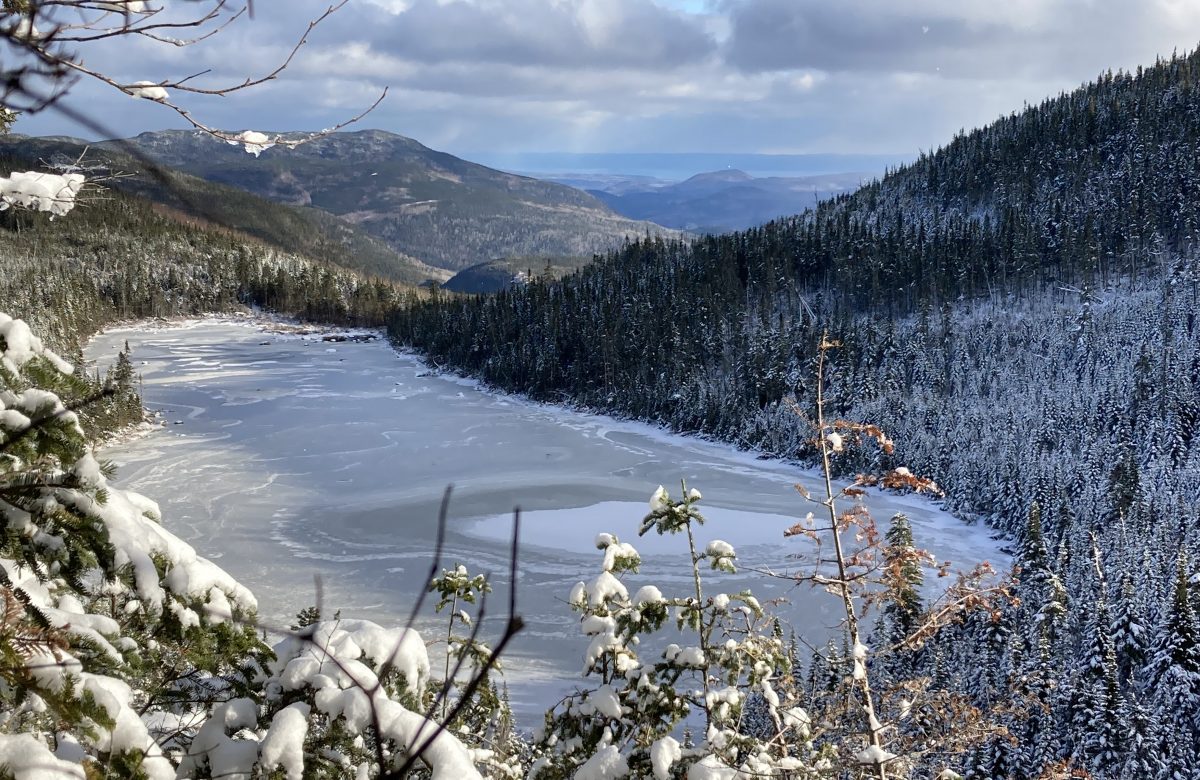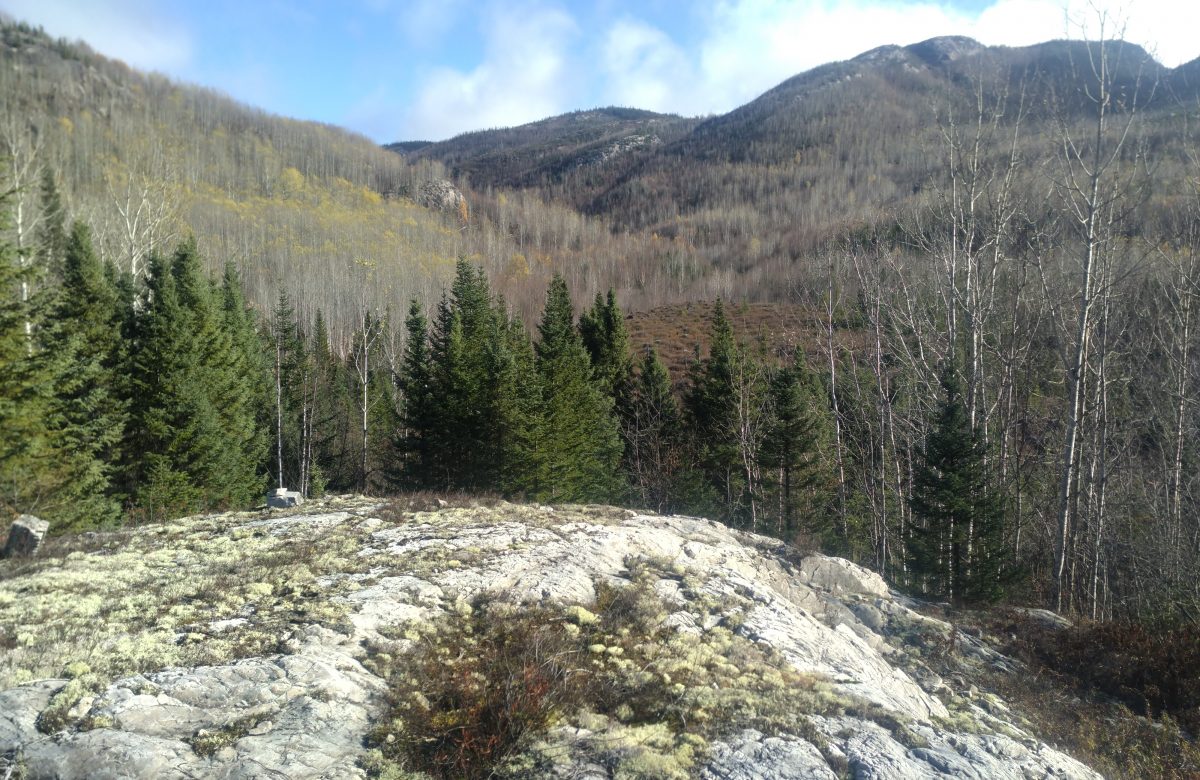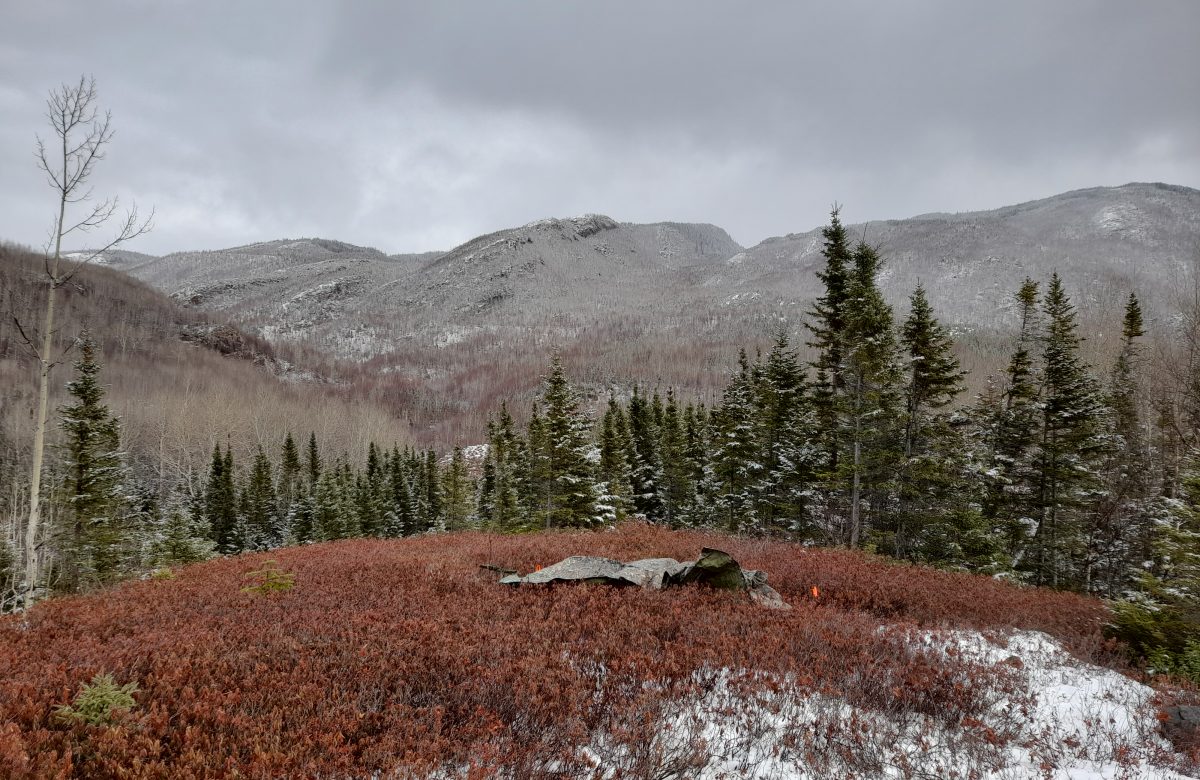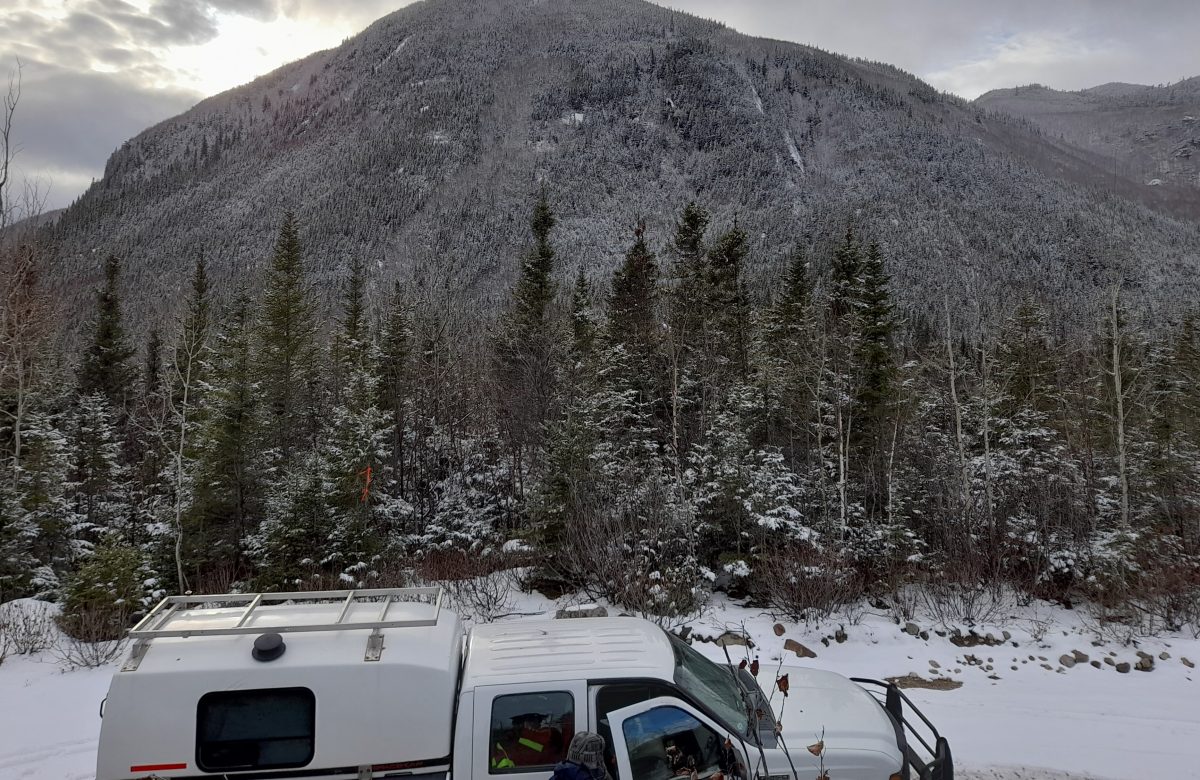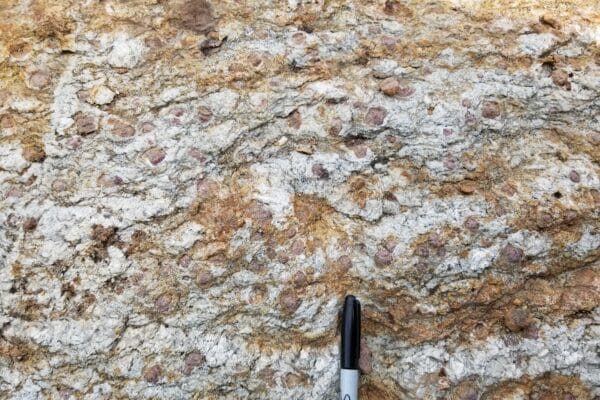- Research
INRS and Quebec Silica are teaming up on a multidisciplinary industrial silica project in the Charlevoix region.
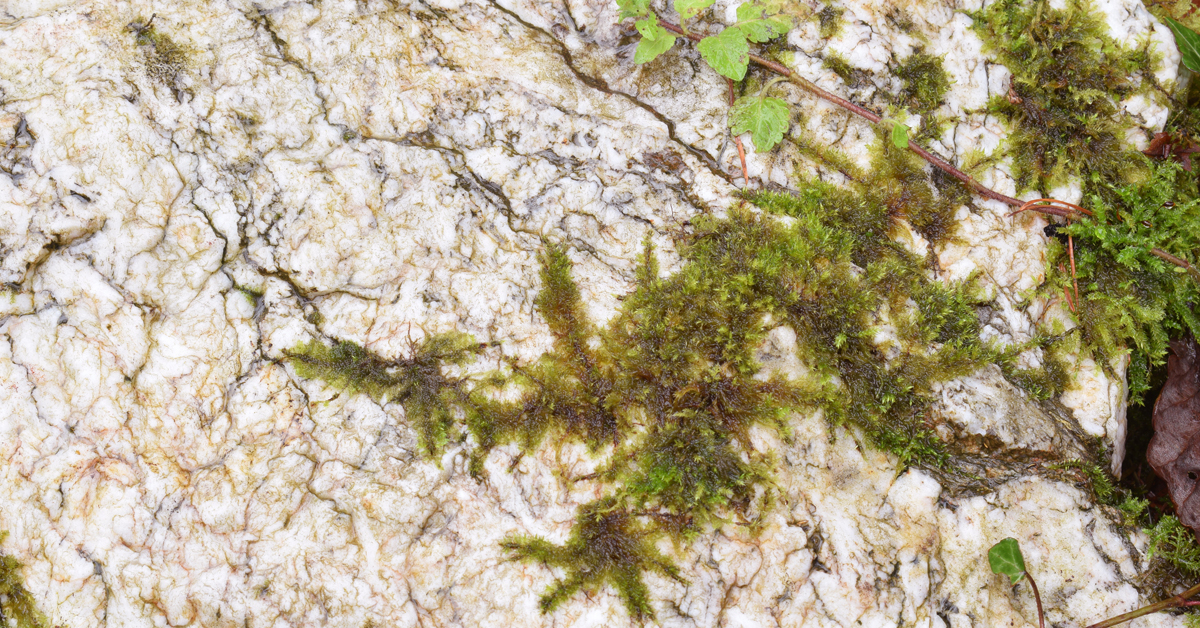
The Charlevoix region is home to high-purity silica deposits
The Institut national de la recherche scientifique (INRS) has launched a major project in collaboration with Quebec Silica Resources. This research partnership will optimize exploration and mining methods while respecting the environment and the local biodiversity.
Project partners will evaluate the site of a high-purity silica deposit based on its mineralogical, chemical, and environmental characteristics. An important aspect of the project is a detailed study of the local geomorphology, fauna, and flora.
Led by INRS Professor Marc Richer-Laflèche, the project’s objective is to provide the data and interpretations needed to make decisions regarding the development of a silica deposit in the Charlevoix region.
“My team has conducted numerous mineralogical, geochemical, and geophysical studies on silica deposits in the Charlevoix, Matapédia, and Montérégie regions over the years. Our expertise in the field of industrial minerals will be useful to accelerate the advancement of Quebec Silica’s work.”
Marc Richer-Laflèche, Scientific Head of the Applied Geoscience Laboratory
The research teams will analyze, among other things, the performance of silica, a natural form of silicon dioxide (SiO2) that is used in many industrial materials. They will also study its use as a potential source for advanced technologies to produce high-purity silicon for use in batteries and photovoltaic energy.
The mineralogy, geochemistry, particle size, and mineral impurities of silica will be documented to select optimal physical mineralogical purification processes. The production of high-purity silica is necessary to provide the raw material required for glass, ceramics, silicon, chemical, and solar panel applications.
Active in the lab and in the field
Using drones, ground features will be measured from high-resolution aerial imagery. This step is essential, especially for the evaluation of mountain areas destined for quarrying. In addition, aerial imagery will allow the precise location of quartzite outcrops. Combined with trenches and drill holes, digital terrain data from UAV surveys will be used to evaluate the volume of quartzite that can potentially be mined. Aerial imagery will also enable the study of vegetation cover (trees, bushes, lichens, and mosses) and, in winter, assess the presence of caribou and moose based on footprints left in the snow.
Two automated weather stations (located in altitude and in the valley) will be installed for 12 months to monitor local weather conditions, i.e., precipitation, wind, and temperature fluctuations. The team will also install automated surveillance cameras to monitor animal activity in different areas of the property.
Further studies will be carried out in the laboratory with mineralogical, chemical, and petrophysical analyses of quartzite samples and surrounding host rocks. These measurements will help determine the most appropriate geophysical exploration methods and guide the various stages of mineralogical purification of the silica to produce quality silica that meets the industry’s specifications.
The Quebec Silica Resources and INRS teams will work with the Montreal-based company EkoXplor on the research, exploration, and evaluation of the Charlevoix silica deposit.
“We are very happy with the team we have assembled. They are highly respected individuals in their respective fields with extensive knowledge of the subject. They also have an extensive network within the community. Their participation reinforces our vision to develop our resources in an appropriate and sustainable manner, and to provide the necessary components for a greener economy,” says Raymond Wladichuk, CEO of Quebec Silica Resources.
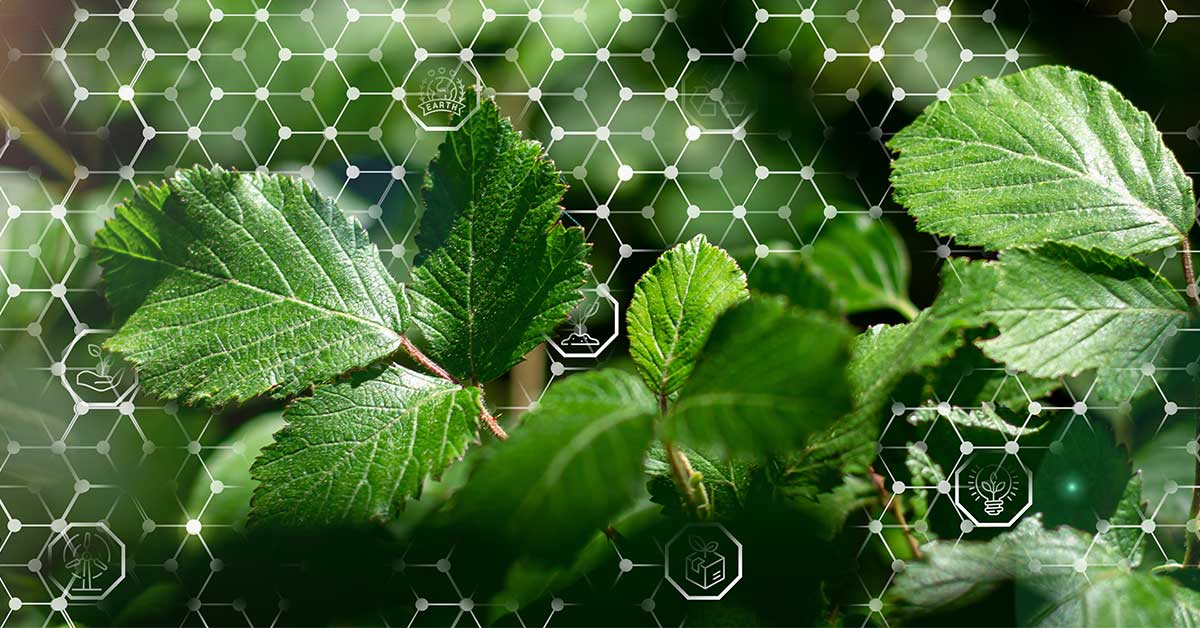
Green energy: from innovation to transition


